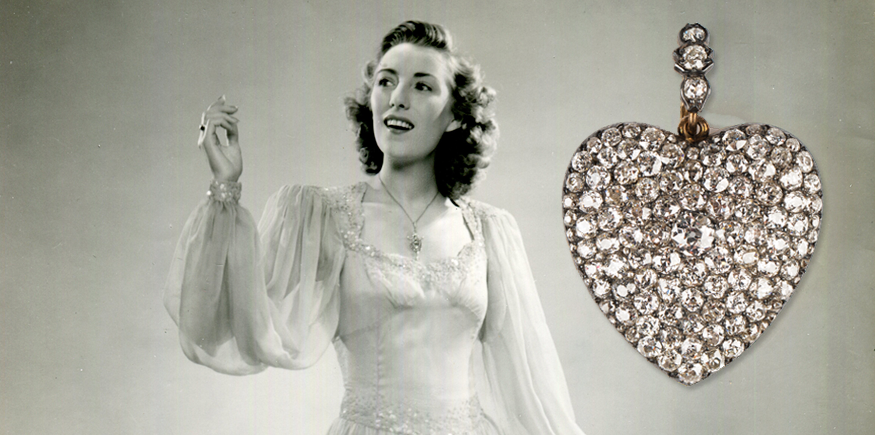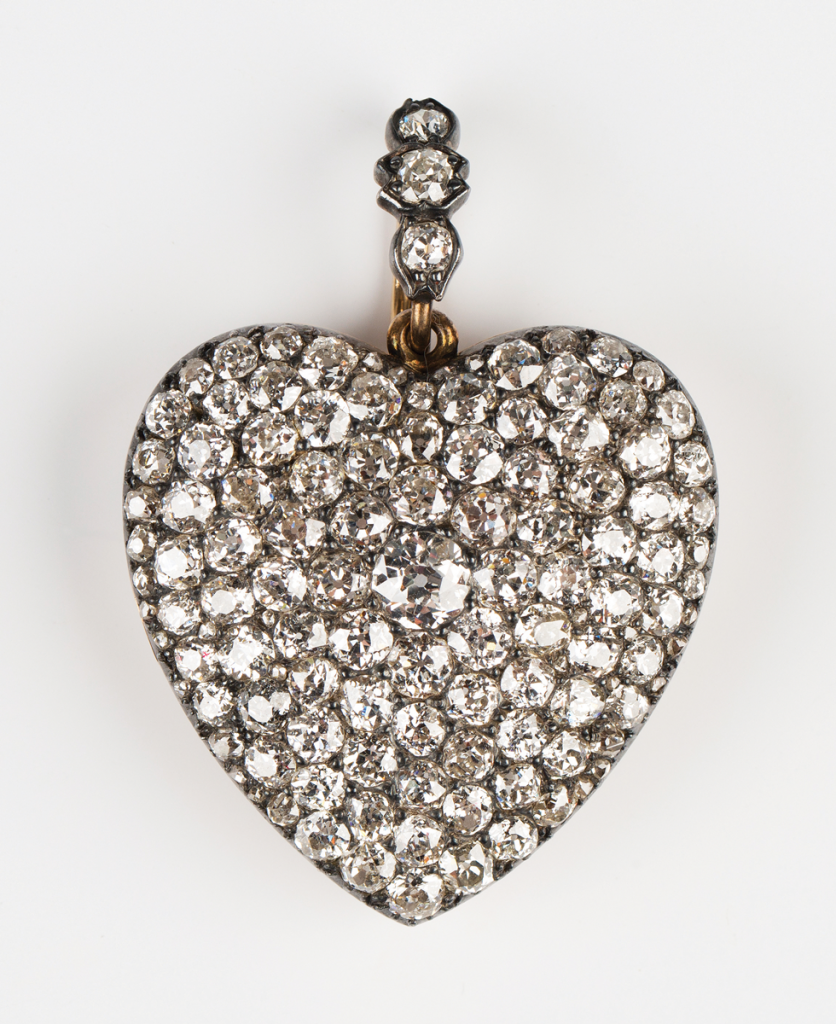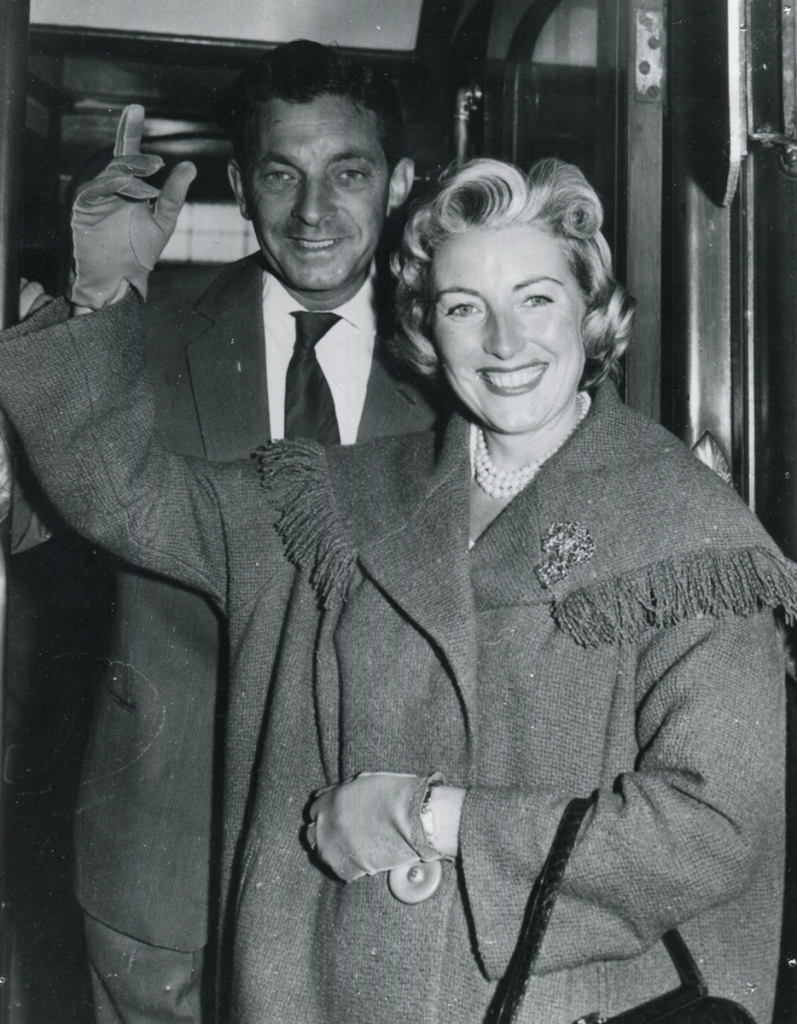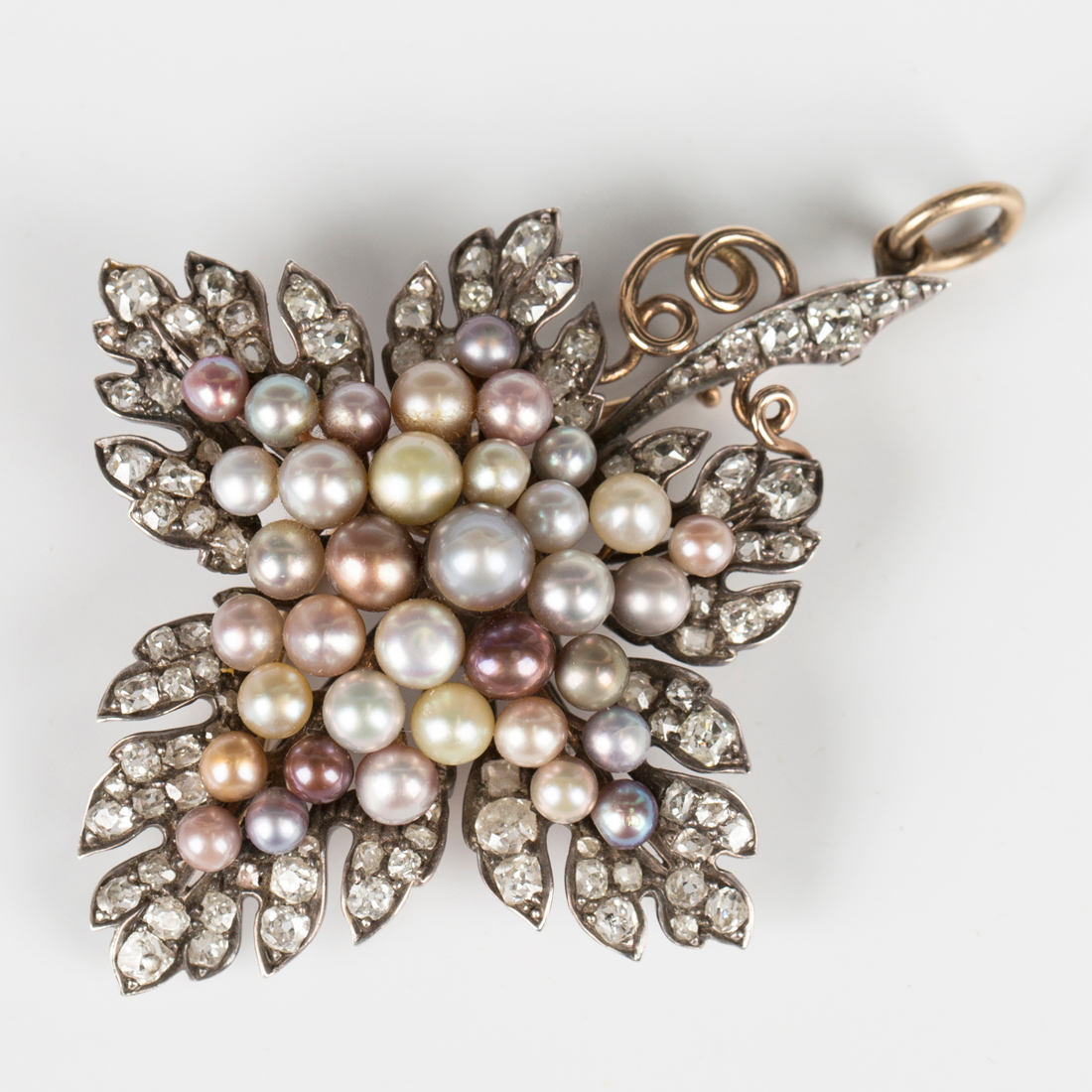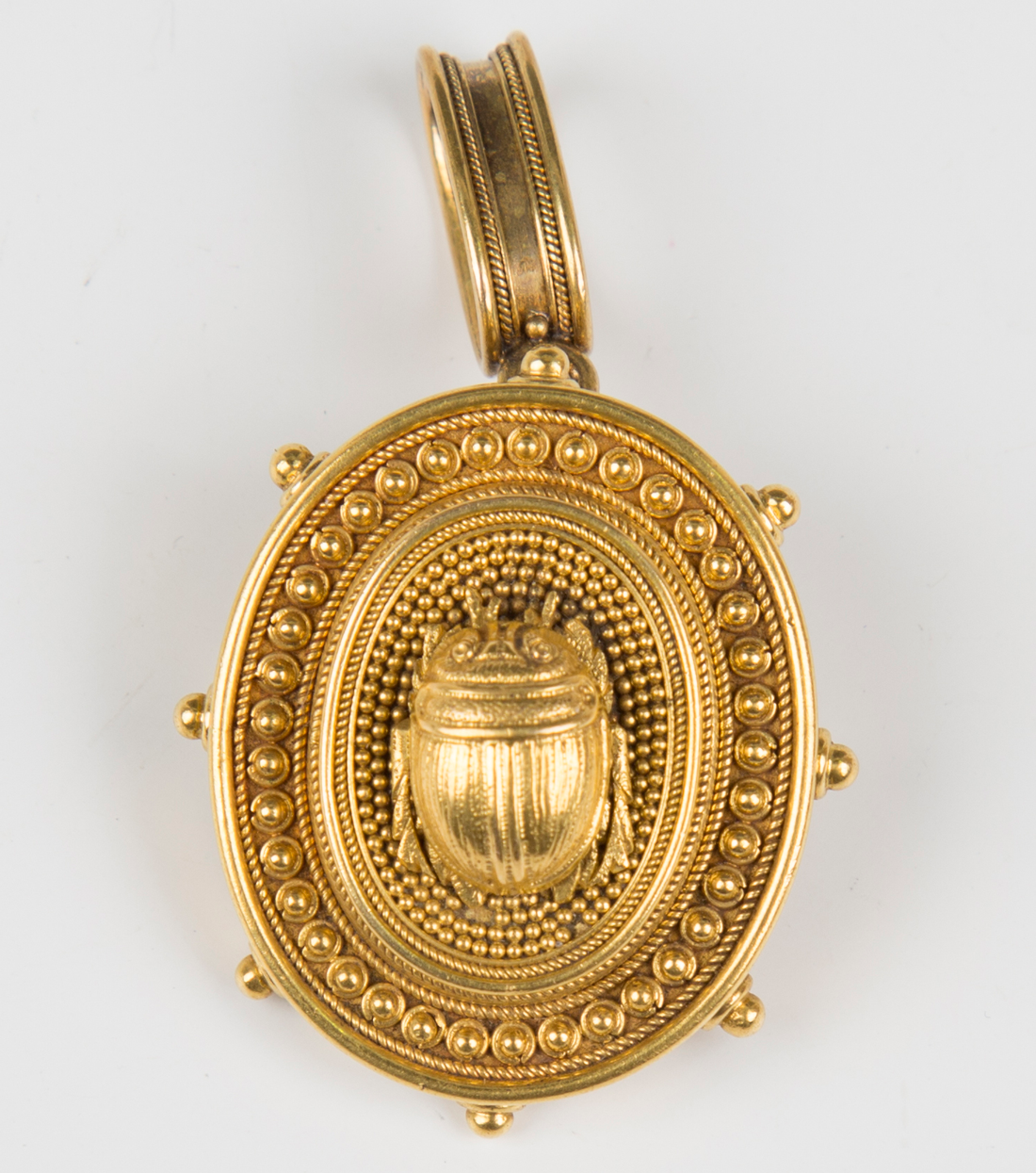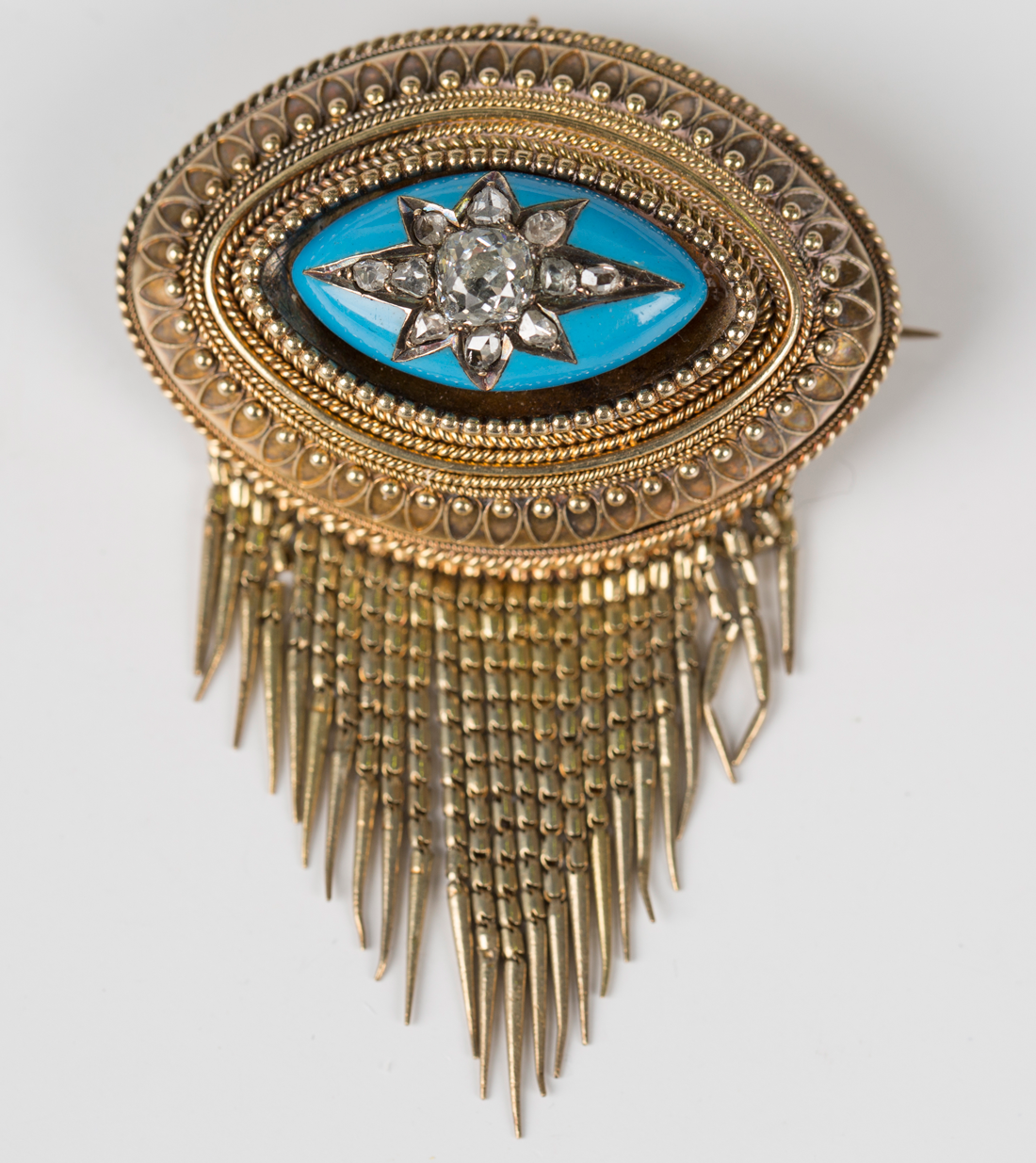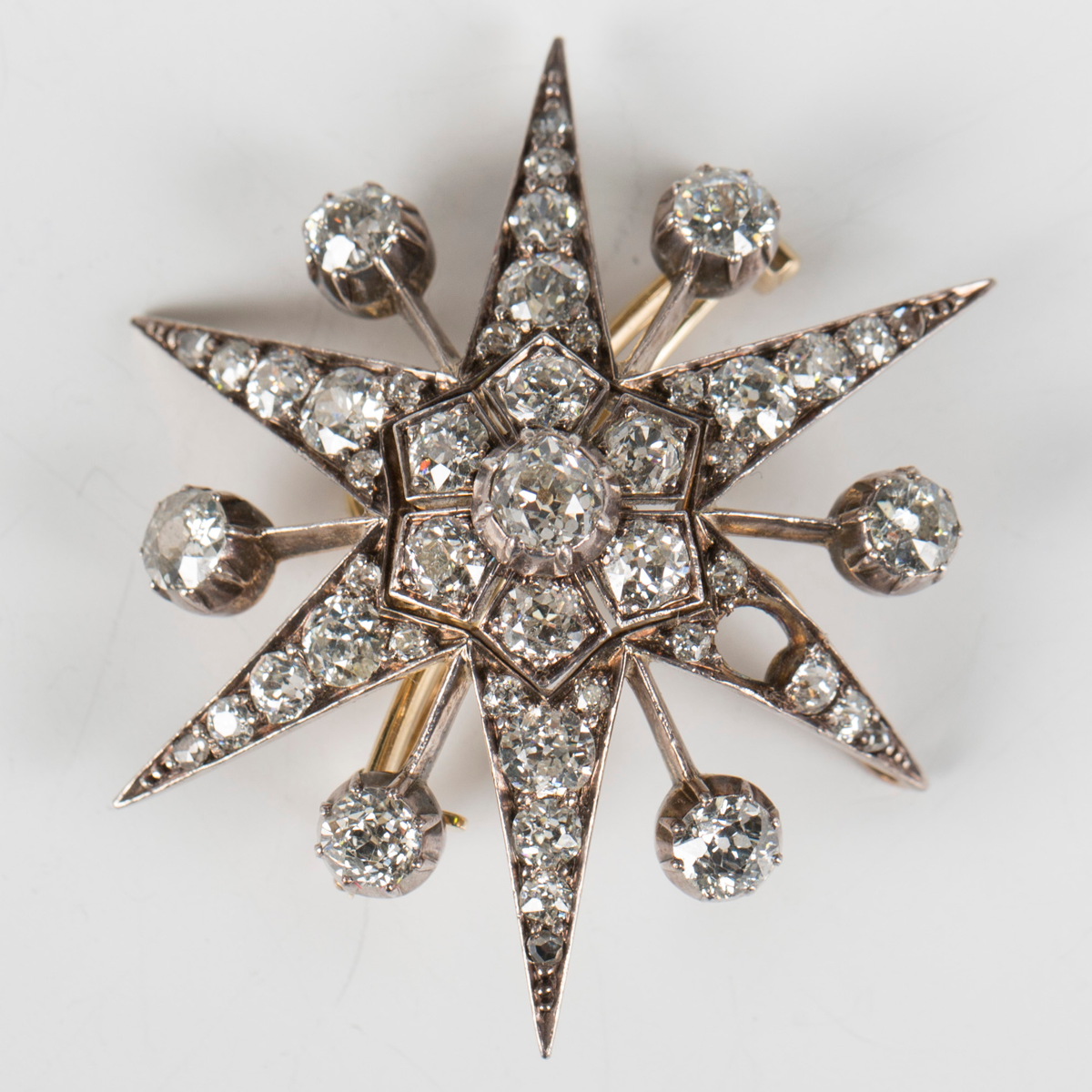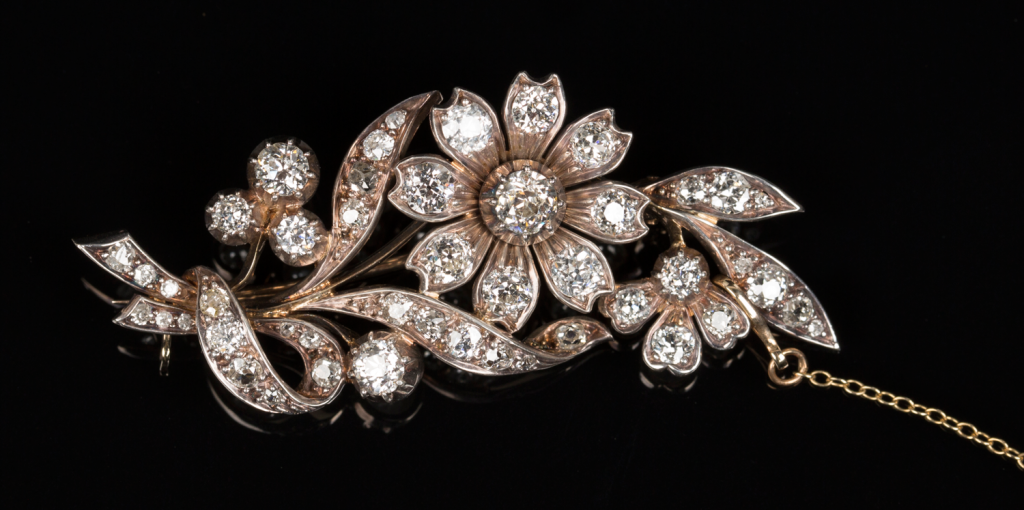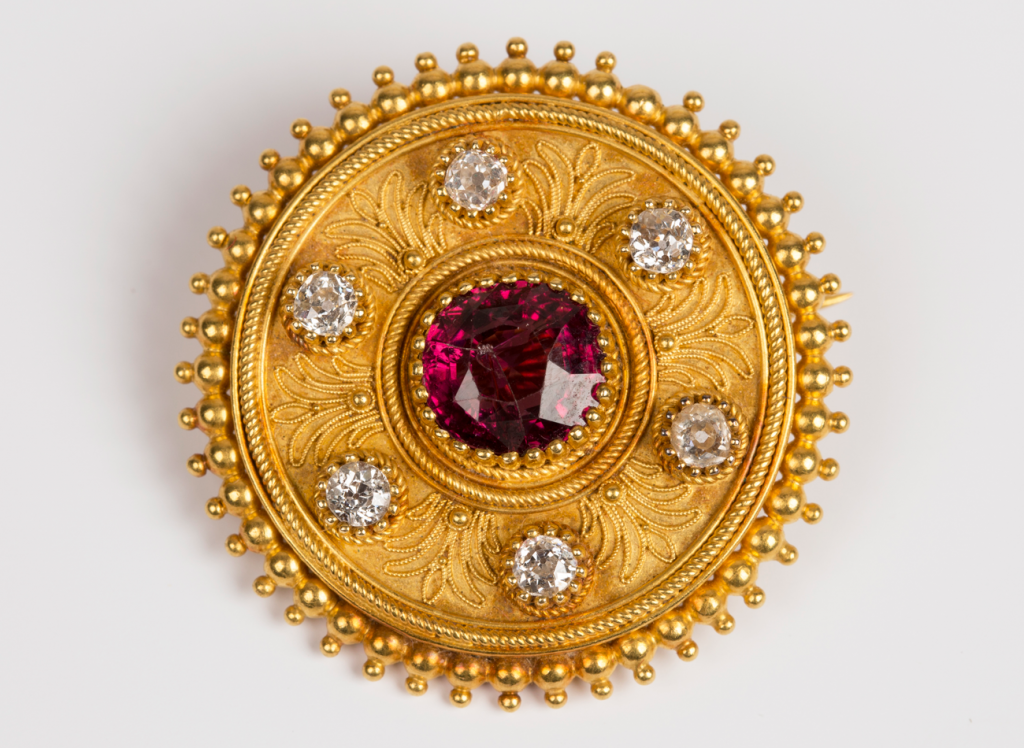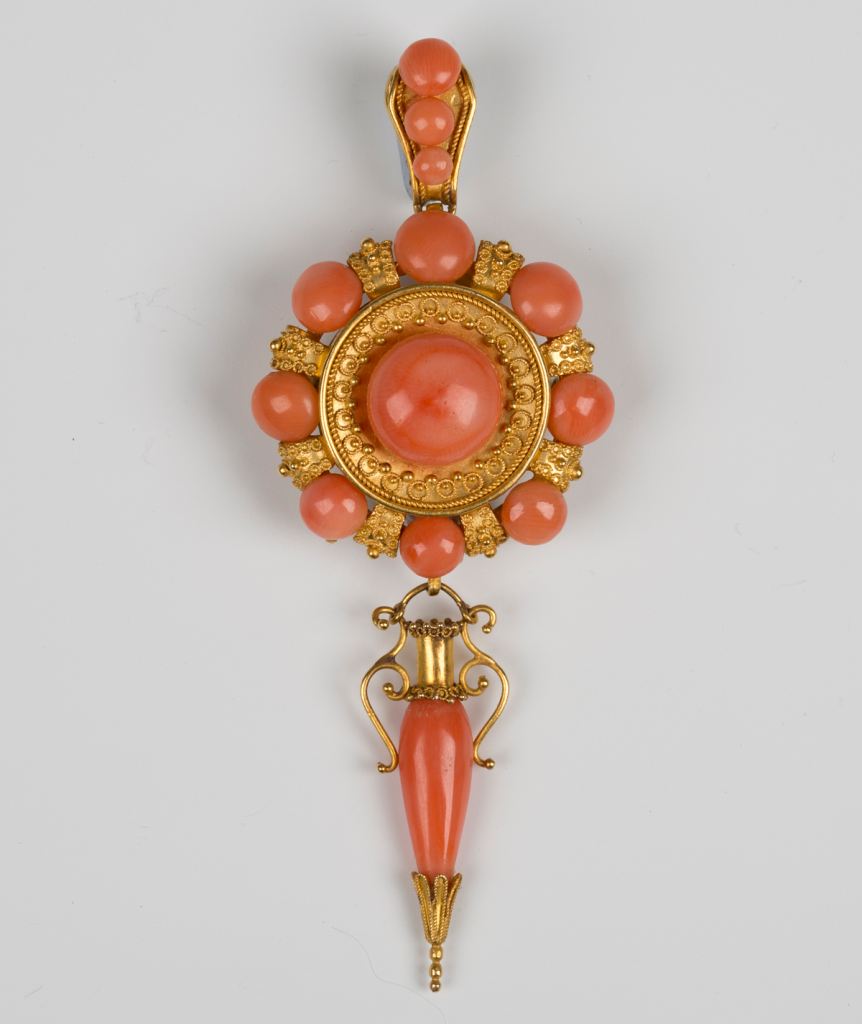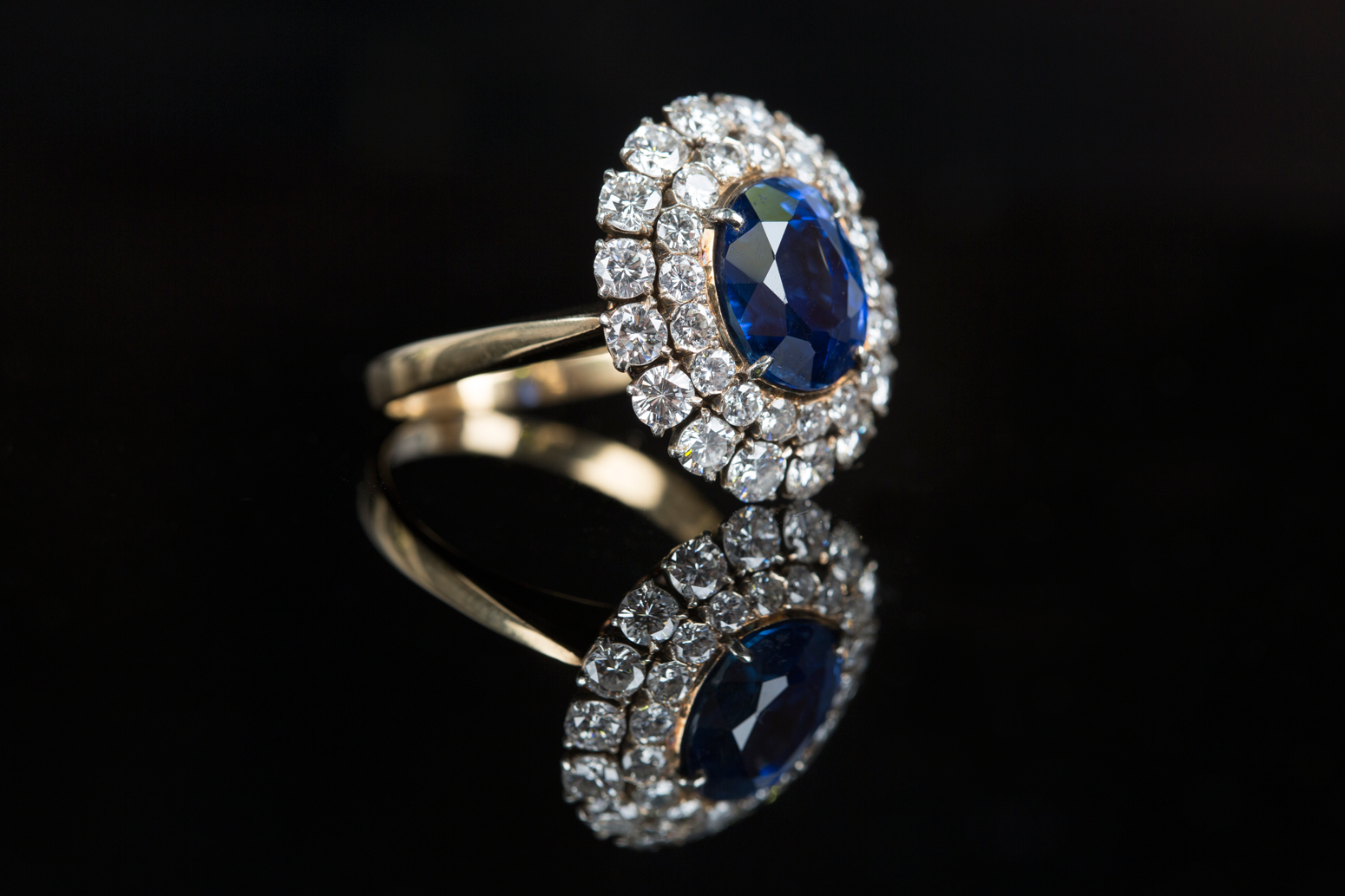
There is some excitement in Toovey’s jewellery department as entries for their specialist auctions of Fine Jewellery on 2nd November 2022 continue to be received.
Amongst the star lots entered so far is a late 19th century necklace in the garland style set with emeralds, and old mine cut and rose cut diamonds.
As the 20th century approached the influence of Victorian tastes would continue but were reinterpreted in lighter more delicate styles.
France’s Belle Époque spanned from the late 19th century up until the start of the Great War in 1914. It was characterised by optimism, regional peace, economic prosperity, scientific and technological advances and an era where the arts flourished influencing the tastes of other nations including our own.
Jewellery from the period combines opulence with graceful lines set with a variety of gems, often in the garland style which influenced the production of almost all jewellery houses in the late 19th century and early years of the 20th century. Louis Cartier was considered the master of the garland style. In the early years of the 20th century Cartier opened his shop in London. In the late 19th and early 20th centuries England’s wealth was at its height and demand for fine jewellery had never been higher.
These influences and the fashion for the garland style is clearly recognisable in the acanthus leaf scroll and floral garlands of this exceptional necklace. The fluidity of design embraces both the classical and rococo and the necklace caries a pre-sale estimate of £20,000-£30,000.
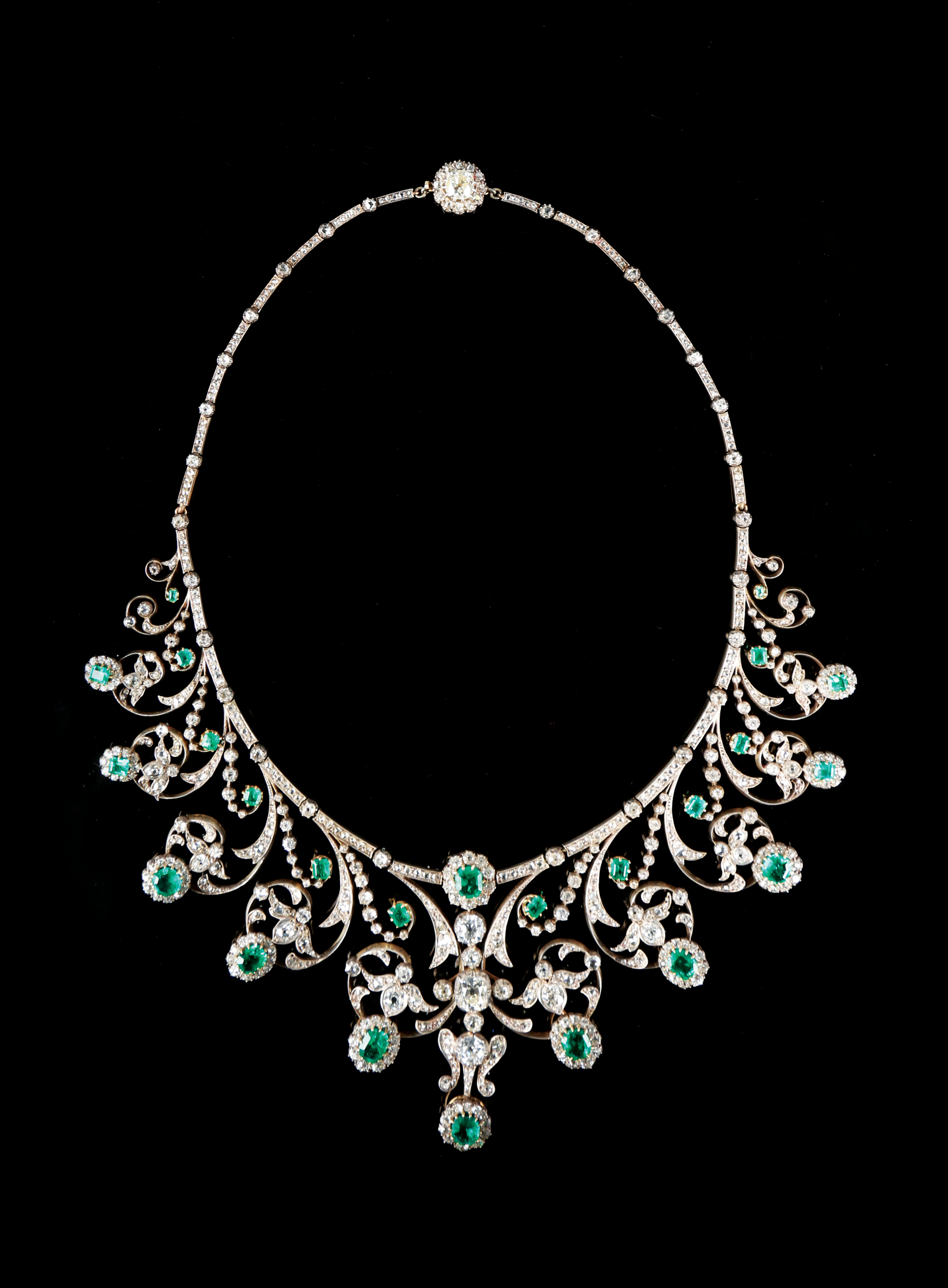
The Ceylon (Sri Lankan) sapphire and diamond set gold ring is another highlight of the sale. The ring is thought to have been acquired by the current owner’s mother in the 1930s when it seems likely it would have been made. The sapphire is described as transparent blue within a double border of circular cut diamonds. Sapphires from Sri Lanka are often still fondly referred to as Ceylon sapphires. These stones are celebrated for their luminosity and lively vivid blue colour which gifts them with such life and light. This beautiful ring carries a pre-sale estimate of £6000-£9000.
Sarah Harwood, of Toovey’s specialist jewellery department, is always pleased to offer advice whether you are interested in selling or acquiring jewellery, and entries are still being accepted for the Fine Jewellery auction on 2nd November 2022 and the Christmas Jewellery auction on 30th November 2022. Sarah can be contacted on 01903 891955 or at auctions@tooveys.com
